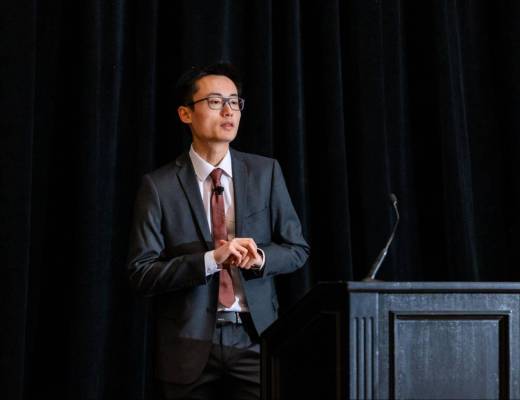The Passive Income Paradox
The disconnect between passive income theory and practical implementation represents a significant challenge for those seeking financial independence. While the concept sounds appealing—earning money with minimal ongoing effort—the path to creating such income streams remains unclear for many readers. Despite the popularity of “Rich Dad Poor Dad” and similar works, readers often finish these books understanding why passive income matters but not how to generate it. This leaves many would-be investors and entrepreneurs stuck at the starting line.View this post on Instagram
Beyond Theory: What’s Missing
Financial education books typically excel at:- Explaining financial concepts and mindsets
- Highlighting the differences between assets and liabilities
- Motivating readers to seek financial independence
- Step-by-step implementation guides
- Practical strategies for different financial situations
- Realistic timelines and expectations
The Value of Kiyosaki’s Work
Despite these criticisms, Kiyosaki’s work remains valuable in the financial education landscape. His books, including the “Rich Dad Poor Dad” series, have introduced millions to important financial concepts and shifted mindsets about money, work, and wealth. The collaboration with Sharon Lechter, co-author of the original “Rich Dad Poor Dad” book, brought additional credibility and perspective to these works. Their partnership helped create accessible financial education that resonated with readers worldwide.“I love Rich Dad Poor Dad. I love this series.”The challenge for readers is to recognize that these books serve as starting points rather than complete roadmaps. They provide the “why” but require additional resources for the “how.” For those seeking financial independence through passive income, understanding this limitation helps set appropriate expectations. The journey requires additional learning beyond motivational books—including specific strategies, market knowledge, and often mentorship from those who have successfully created income streams. The most successful wealth-builders typically combine the philosophical foundation from authors like Kiyosaki with practical training from specialized sources. This comprehensive approach bridges the gap between understanding passive income concepts and actually generating sustainable passive income.
Frequently Asked Questions
Q: What exactly is passive income?
Passive income refers to money earned with minimal daily effort to maintain it. Common examples include rental property income, dividend stocks, royalties from intellectual property, and automated online businesses. Unlike active income from employment, income continues flowing with limited ongoing work.
Q: Why doesn’t Robert Kiyosaki provide specific passive income strategies in his books?
Kiyosaki’s books focus primarily on financial philosophy and mindset rather than tactical implementation. His work aims to change how readers think about money and wealth creation, leaving specific investment strategies to specialized resources. This approach allows his principles to remain relevant across changing markets and economic conditions.
Q: What resources can supplement Kiyosaki’s books for practical passive income guidance?
For practical guidance, consider industry-specific books, online courses taught by active investors, investment clubs, mentorship programs, and financial advisors specializing in income strategies. Local real estate investment groups, dividend investing communities, and entrepreneurship networks can also provide hands-on knowledge that complements the philosophical foundation from Kiyosaki’s work.







